Why Belgian vets are saying yes to objective gait analysis
Top Belgian equine veterinarians are clear: Objective gait analysis is becoming as essential as X-rays.
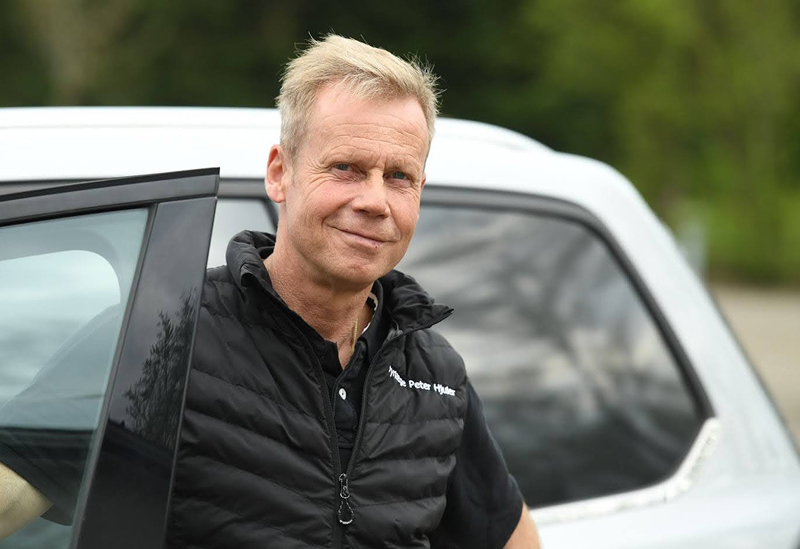
At Horsedoc, an equine clinic in Denmark, raising awareness around lameness is central to the mission. Led by experienced veterinarian Peter Hjuler, the team focuses not just on treating lameness, but on helping owners spot subtle signs earlier, before issues escalate.
“We want to reduce the number of lame horses. The earlier we can intervene, the better the outcome — for both horse and rider.” says Peter.
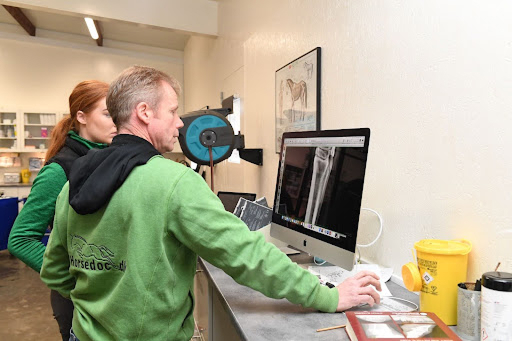
Peter and his team recently hosted a webinar on lameness, offering horse owners a remote orthopedic check-up for their horses. Ahead of the session, participants received Sleip “invite to record” links, allowing them to submit trot recordings for analysis. The result was striking: many of the horses showed signs of asymmetry or mild lameness that the owners hadn’t noticed. The initiative brought in new cases that may have otherwise gone untreated— ultimately contributing to earlier intervention, better outcomes, and improved welfare for the horses involved.
This highlights a core challenge: many owners don’t realize when their horse is lame — especially in earlier stages, or when performance hasn’t significantly declined.
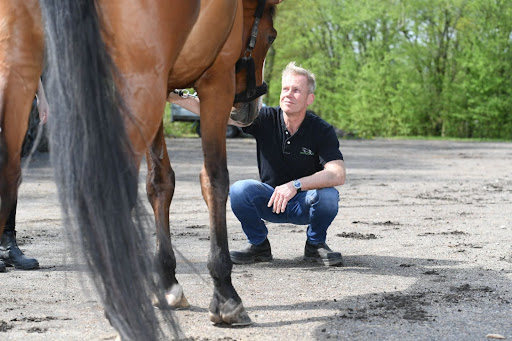
To help bridge this awareness gap, Horsedoc offers remote gait evaluations through Sleip, followed by a phone consultation. Owners can easily buy a remote check-up on Horsedoc’s website. They then receive a link to the Sleip app and can record their horse at home. An orthopedic specialist reviews the analysis results and advises on any necessary follow-up. These remote checks often lead to clinic visits and deeper diagnostics.
“When owners use Sleip before coming in, it makes our job easier — we already have a starting point. We can focus the examination right away instead of beginning from zero.” says Peter
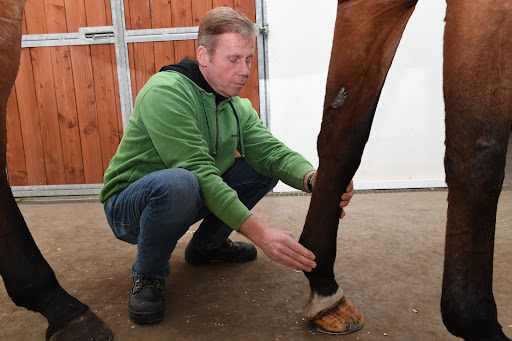
Peter Hjuler sees this kind of proactive work as more than just a service — it’s a way to improve horse welfare at scale. By educating owners and offering low-threshold ways to check in on their horse’s movement, Horsedoc is creating new entry points to care — especially for horses that might otherwise go unnoticed.
“You can’t treat what no one notices. But you can teach people what to look for.”
For Peter and the team, it’s not about pushing technology — it’s about making it easier for horse owners to act when something isn’t right, often much earlier than they otherwise would.
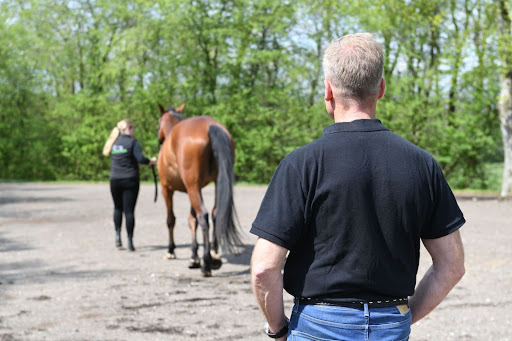
About Horsedoc
Horsedoc is an equine veterinary clinic based in Århus, Denmark, specialising in orthopaedics and lameness diagnostics. The clinic combines evidence-based care with modern tools and owner education to improve early detection and treatment outcomes.
Peter Hjuler is the clinic’s founder and lead veterinarian. With over 30 years of experience and a Certificate in Equine Lameness from the University of Liverpool, he is recognised for his practical expertise and commitment to equine welfare. Peter collaborates closely with farriers and physiotherapists to provide holistic care.
About “Invite to Record”
Sleip’s Invite to Record feature lets vets send a link to horse owners, who record their horse trotting at home. The video is shared back for remote analysis — making follow-ups and early detection easier than ever.
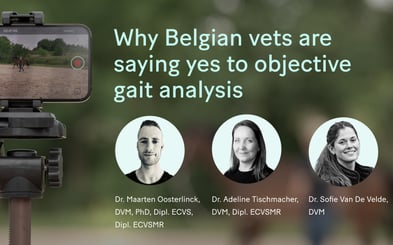
Top Belgian equine veterinarians are clear: Objective gait analysis is becoming as essential as X-rays.
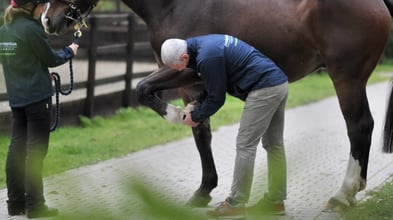
Giorgio Ricardi of Donnington Grove Equine Vets reveals how data-driven gait analysis enhances clinical decisions in complex lameness cases.
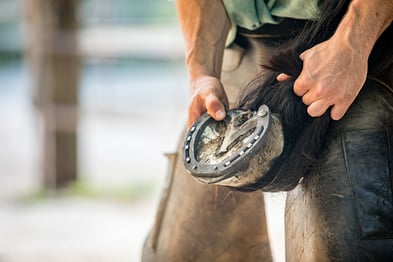
We sat down with UK Master Farrier Marc Jerram, who blends traditional skill with modern gait analysis to spot issues early and collaborate with vets on targeted solutions.